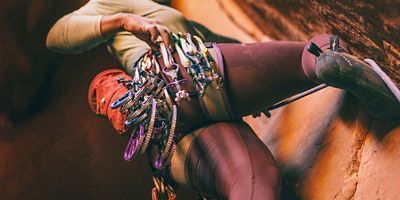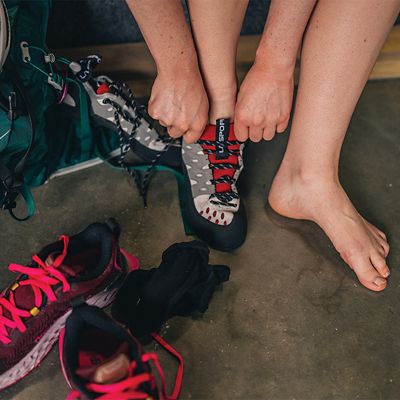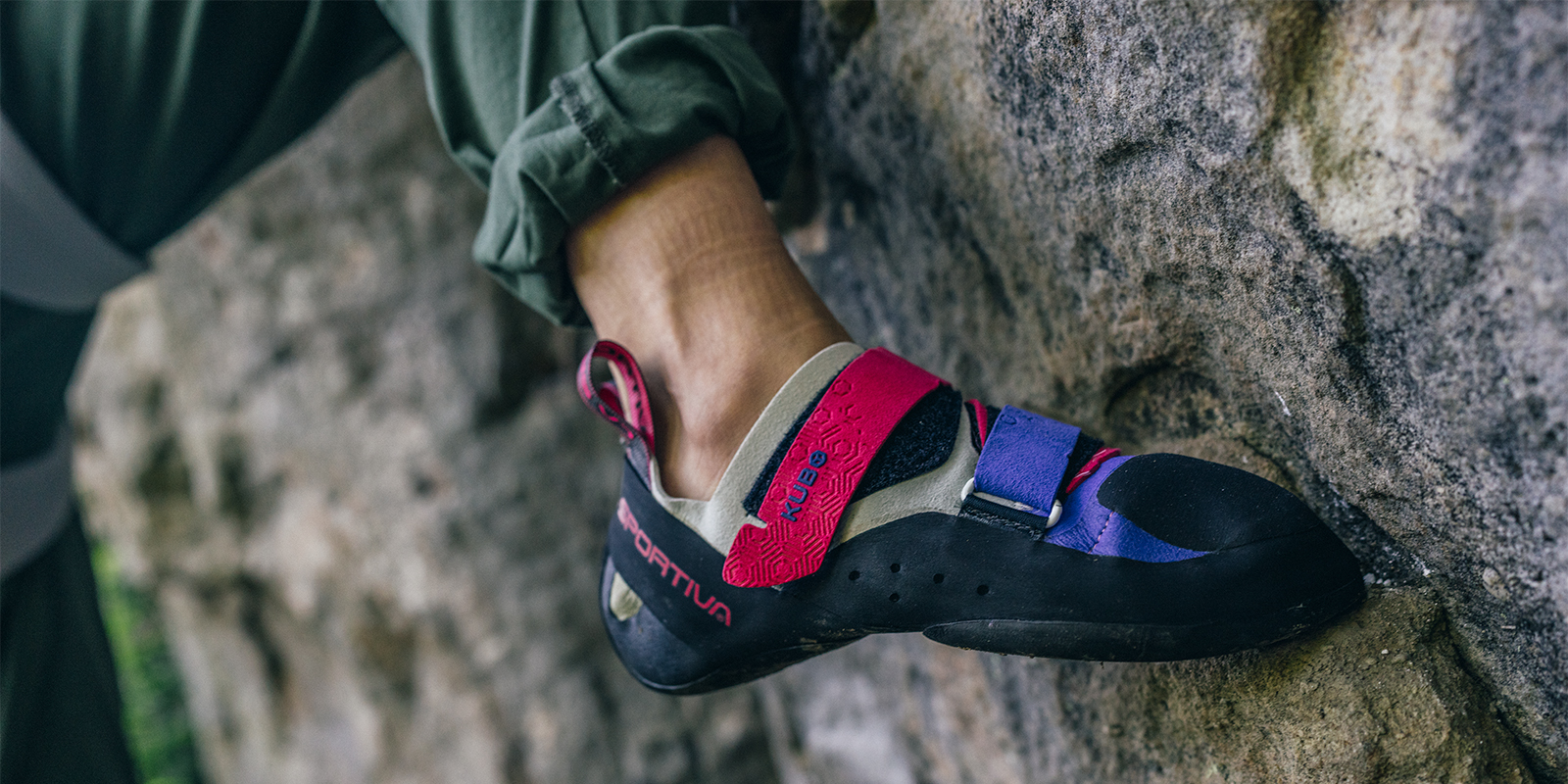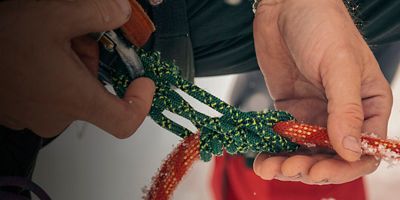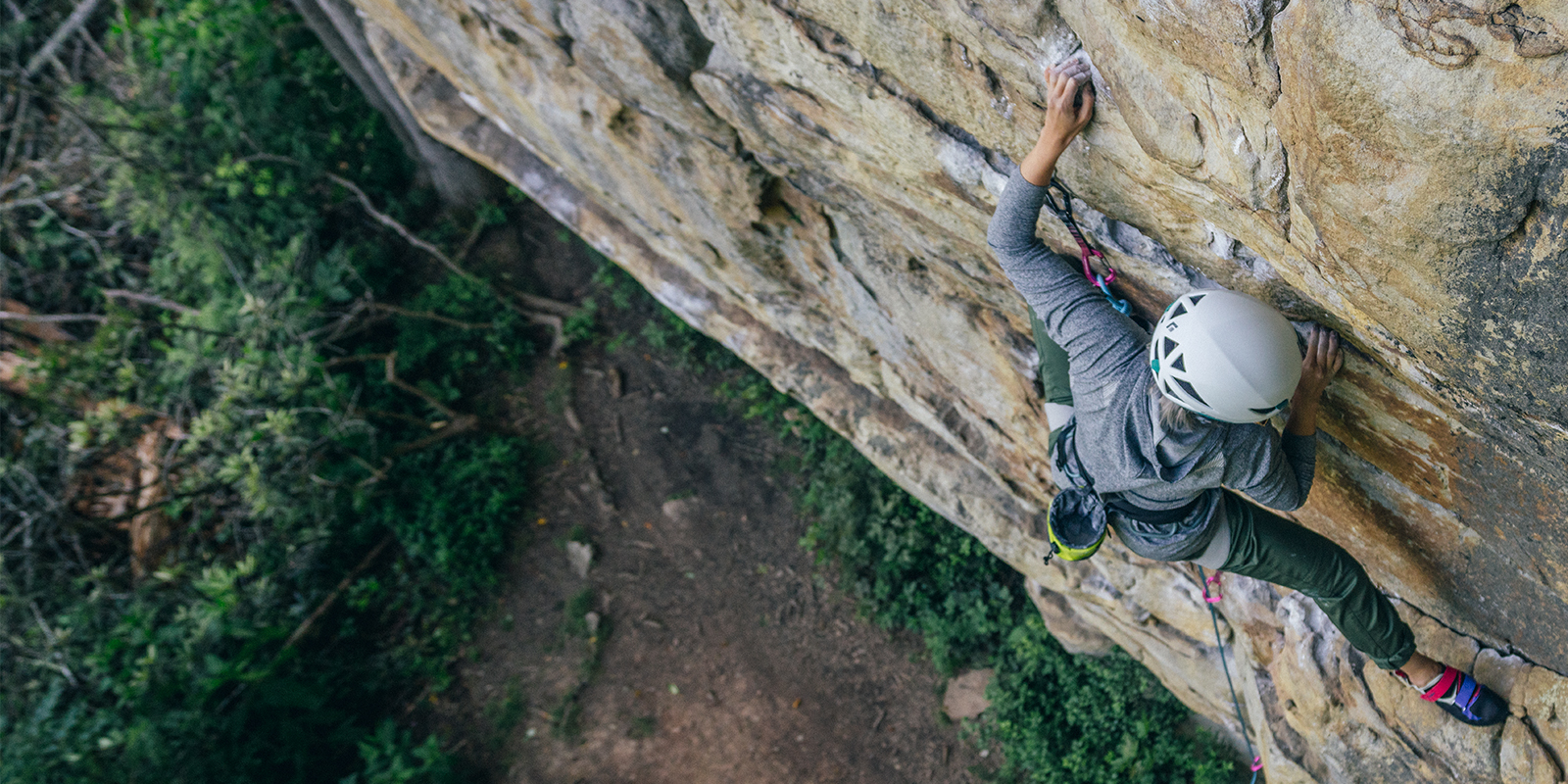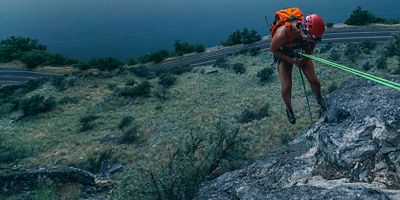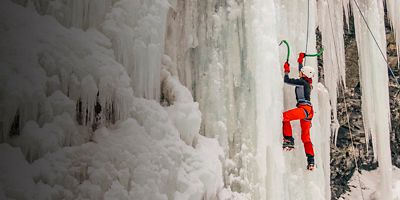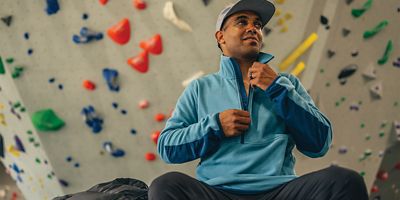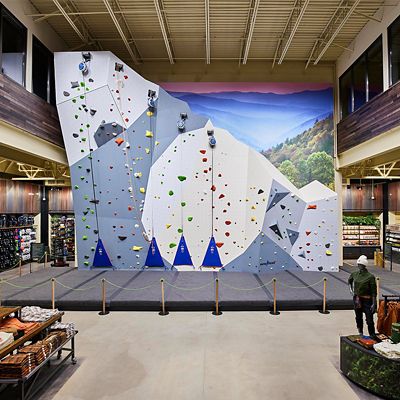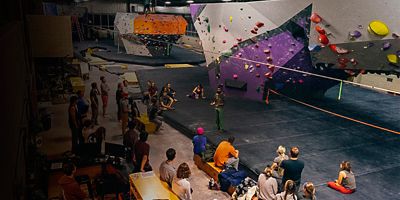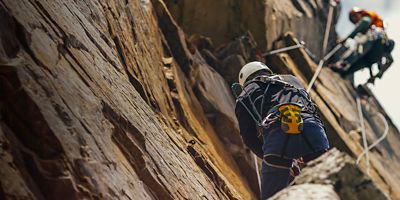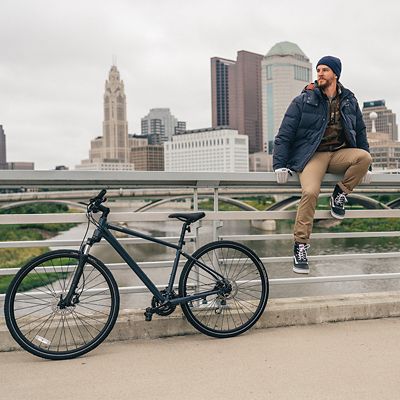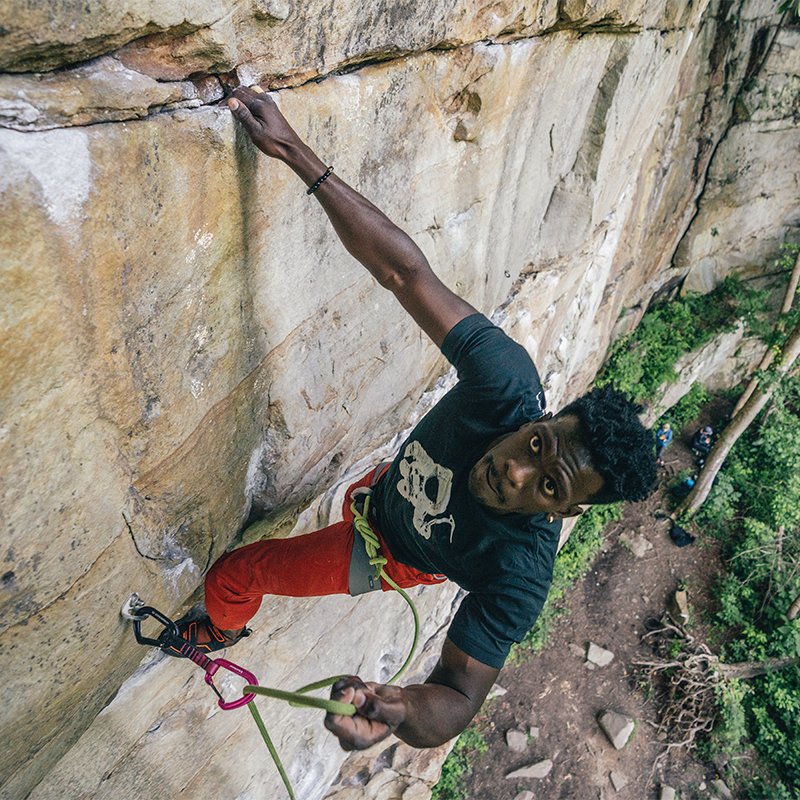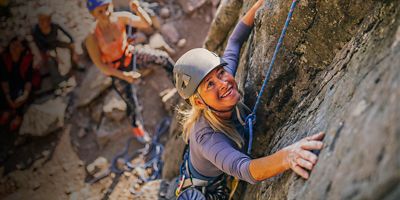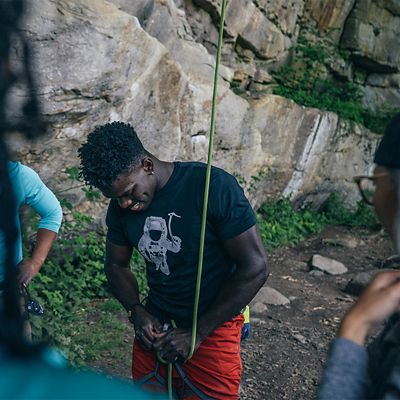Whether you’re trying to choose the best climbing harness for an upcoming trip or you’re looking to buy your first harness ever, there are a number of factors to consider. Most climbing harnesses are made of nylon webbing and elastic straps, which work together to support your body in case of a fall. But that’s where the similarities end. Climbing harnesses come in a variety of sizes and styles, and everything from the level of cushioning to the number of buckles and gear loops can have a big impact on your experience.
Of course, if everything goes as planned, you’ll be climbing more than you’ll be hanging around. But it’s much easier to push your limits and have fun when you’re not afraid of an uncomfortable fall. After all, you wouldn’t swan-dive onto a frozen pond, or take a running leap into a hard wooden chair, would you? Likewise, it pays to give yourself some cushioning before you fall back onto the rope, too.
Here’s what this guide will cover:
- Types of Climbing Harnesses
- Understanding Harness Safety Standards
- How To Size a Climbing Harness
- Features to Look For
- How To Choose the Best Climbing Harness
Types of Climbing Harnesses
Start shopping, and you’ll see everything from tiny, transparent mesh harnesses to beefy, well-padded harnesses with tons of loops for stashing gear. Each type caters to different climbing disciplines.
Sport and Gym Climbing Harnesses
Sport climbing and gym climbing harnesses tend to be comfortable but lightweight. They’re designed to have a sleek silhouette that won’t weigh you down or impede motion when you’re climbing hard. They tend to be moderately cushioned but lack extra gear storage loops along the waist belt. The leg loops often aren’t adjustable.
Multi-pitch and Trad Climbing Harnesses
Multi-pitch and trad (“traditional”) climbing harnesses tend to be more durable and offer more padding than sport or gym harnesses. They have more loops around the hipbelt for clipping carabiners, anchor material, and traditional protection. Trad climbing harnesses also feature adjustable leg loops so you can dial in fit whether you’re climbing in shorts or thick insulated pants.
Ice Climbing Harnesses
Ice climbing harnesses have minimal cushioning. That’s because padding can absorb water—leaving you with stiff, frozen leg loops—and because you don’t need as much padding when you’re wearing heavy winter clothing. Ice climbing harnesses have built-in loops to hold ice-screw clippers—big, plastic carabiners designed to hold ice tools and screws.
Alpine and Mountaineering Harnesses
When you’re hiking far and weight is at a premium, it can pay to carry an ultralight harness that takes up the least amount of space in your pack. A lightweight alpine harness can also be a good choice if you’re planning to use a rope only for glacier crossings or short technical sections but won’t do much vertical climbing. Some mountaineering harnesses have buckles on the leg loops so you can put them on without taking off your crampons.
Understanding Harness Safety Standards
In the U.S., harnesses don’t have to meet any set safety standards to be sold for recreational climbing. Fortunately, all reputable harness makers adhere to European standards: those set by European Economic Committee (CE) or the Union Internationale des Associations d’Alpinisme (UIAA). If you see “EN 12277,” “UIAA 105” and/or “CE 0082” printed on your harness, that means it’s been tested to ensure that it can withstand any fall the human body can survive, and is therefore safe for all recreational climbing if sized and worn properly.



